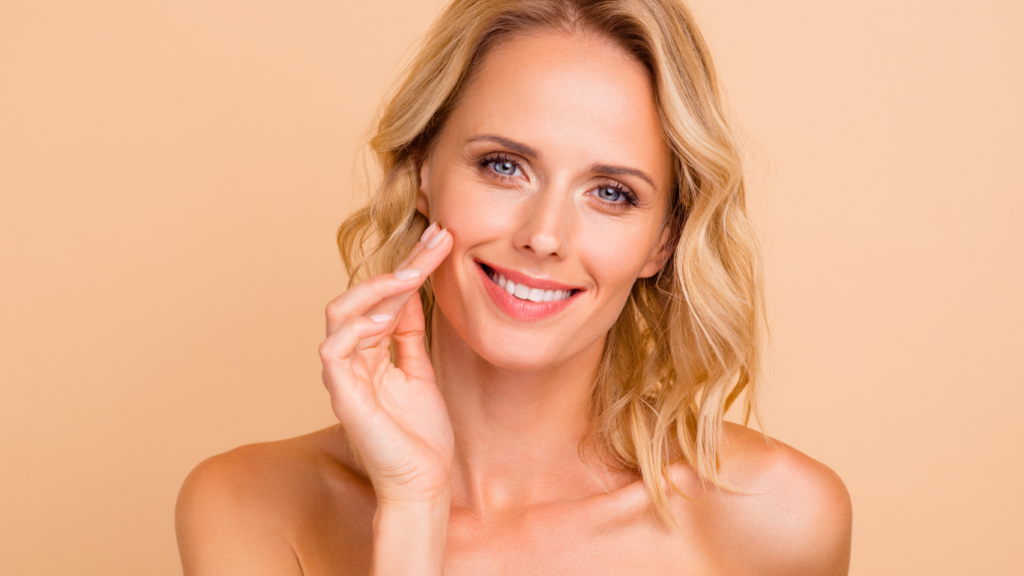Botox, a neurotoxin derived from the bacterium Clostridium botulinum, has emerged as a versatile and widely embraced tool in the realm of cosmetic and medical procedures. Originally recognized for its efficacy in reducing the appearance of facial wrinkles, Botox has transcended its cosmetic origins to become a multipurpose solution for various medical conditions. By selectively paralyzing muscles, Botox can temporarily alleviate muscle-related ailments, such as chronic migraines, muscle spasms, and even excessive sweating. This dual nature of Botox, balancing aesthetic enhancements with therapeutic applications, underscores its growing significance in the fields of dermatology, neurology, and beyond. As our understanding of its mechanisms deepens, the potential applications of Botox continue to expand, offering a nuanced and evolving approach to enhancing both physical appearance and overall well-being.
Is Botox Only Used for Wrinkles?
No, Botox is not only used for wrinkles. While Botox gained initial popularity as a cosmetic treatment for reducing the appearance of facial wrinkles, it has found a myriad of applications beyond the realm of aesthetics. Botox, or botulinum toxin, works by temporarily blocking nerve signals in the muscles where it is injected. This property makes it useful for addressing various medical conditions related to muscle activity and nerve signaling.
In the medical field, Botox has been approved for the treatment of chronic migraines, muscle spasms (such as those associated with cervical dystonia and blepharospasm), and hyperhidrosis (excessive sweating). Additionally, it has shown promise in managing conditions like temporomandibular joint disorder (TMJ), overactive bladder, and even certain types of chronic pain.
The versatility of Botox arises from its ability to relax muscles and alleviate symptoms associated with specific medical conditions. As research and clinical experience continue to advance, the range of applications for Botox in both cosmetic and therapeutic settings is likely to expand further.
What Else Can Botox Be Used For?
Botox has a wide range of medical applications beyond its well-known use in cosmetic procedures. Some of the additional uses of Botox include:
- Chronic Migraines: Botox injections have been approved for the preventive treatment of chronic migraines in adults. It is typically administered every 12 weeks around the head and neck to reduce the frequency and severity of migraines.
- Muscle Spasms and Dystonia: Botox is used to treat various muscle-related conditions, including cervical dystonia (a neurological disorder causing neck and shoulder muscle spasms), blepharospasm (involuntary eyelid spasms), and limb spasticity following a stroke.
- Hyperhidrosis (Excessive Sweating): Botox injections can be effective in reducing excessive sweating, particularly in areas such as the armpits, palms, and soles of the feet.
- Overactive Bladder: Botox is approved for the treatment of overactive bladder when medications have not provided adequate relief. It helps by relaxing the bladder muscles, reducing urgency and frequency of urination.
- Temporomandibular Joint Disorder (TMJ): Botox injections may be used to alleviate jaw tension and pain associated with TMJ disorders. The toxin is injected into the jaw muscles to reduce clenching and grinding.
- Cosmetic Enhancements: Of course, Botox is widely used for cosmetic purposes to temporarily smooth facial wrinkles, particularly in the forehead, between the eyebrows (frown lines), and around the eyes (crow's feet).
- Depression and Anxiety: While still in the early stages of research, there is some exploration into the potential of Botox to help alleviate symptoms of depression and anxiety. The idea is that the relaxation of facial muscles may influence emotional processing.
It's important to note that Botox should only be administered by qualified medical professionals, and its use for each specific condition should be discussed with a healthcare provider to ensure safety and effectiveness. As ongoing research continues, new applications for Botox in the medical field may emerge.
Botox has transcended its initial role as a cosmetic marvel and evolved into a versatile therapeutic tool with a broad spectrum of applications. Beyond its well-known ability to temporarily smooth facial wrinkles, Botox has proven itself invaluable in the treatment of chronic migraines, muscle spasms, and hyperhidrosis. Its muscle-paralyzing properties have found application in diverse medical realms, from addressing overactive bladder to providing relief for individuals suffering from temporomandibular joint disorders. As ongoing research unveils new dimensions of its potential, Botox continues to redefine the boundaries between cosmetic enhancements and medical interventions. The journey of Botox from beauty clinics to medical offices underscores its adaptability and underscores its status as a multifaceted solution for improving both aesthetic appearance and overall well-being.
If you would like to learn more about the various uses for Botox, please schedule an appointment at The Laser Cafe today!
